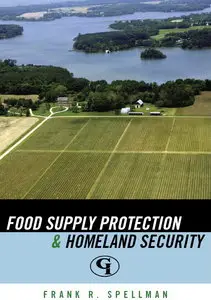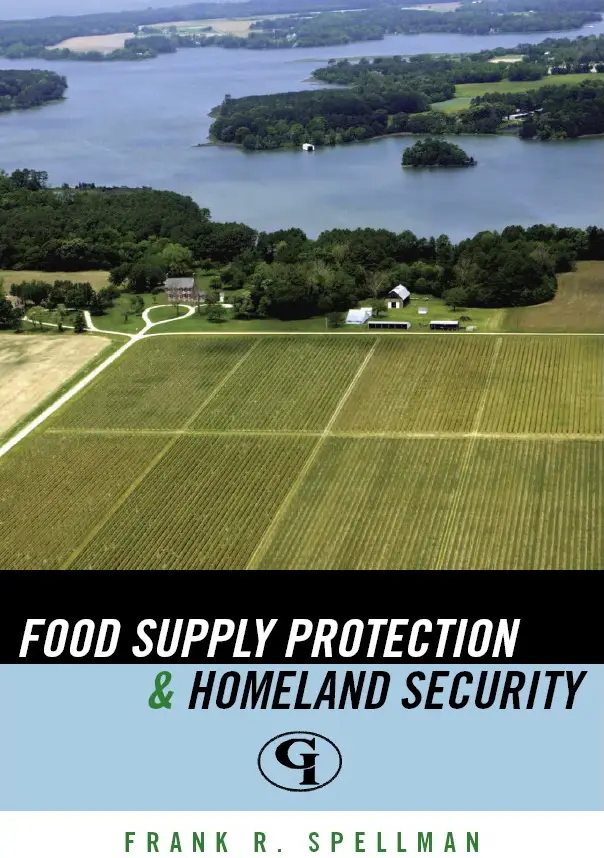Food Supply Protection and Homeland Security By Frank R. Spellman
Publisher: Government Institutes 2008-04-28 | 300 Pages | ISBN: 0865871779 | PDF | 1.8 MB
Publisher: Government Institutes 2008-04-28 | 300 Pages | ISBN: 0865871779 | PDF | 1.8 MB
Preface
In the post–September 11 world, the possibility of agroterrorism, the malicious use of
plant or animal pathogens or chemicals to cause devastating disease or damage in and
to the agricultural sector, is real—very real. As the BBC reported on the topic: “When
Tommy Thompson stood down as U.S. health secretary in 2004, he delivered a stark
warning: ‘I, for the life of me, cannot understand why the terrorists have not attacked
our food supply, because it is so easy to do.” In the same article, Larry Wein from Stanford
University describes the scenario of poisoning a milk tanker with 10 grams of botulinum
toxin, and is quoted concluding: “If we didn’t realize what was happening, half
a million people would drink this milk . . . roughly half of them would die.”
Agriculture represents one of America’s critical infrastructures. In perusing this
text, it will become clear that the events of September 11 have forced an increased focus
on protecting the food supply infrastructure in the U.S.
This book (as well as the other titles in Government Institutes’s Critical Infrastructure
series) was written as a result of September 11. Food Supply Protection and Homeland
Security, in particular, was fashioned in response to the critical needs of food
production managers, food import managers, food infrastructure engineers, design
engineers, agricultural managers at any level of food production, students—and for
anyone with a general interest in the security of their food supply systems. It is important
to note that our food supply system (as is the case with the other twelve critical infrastructures)
cannot be made immune to all possible intrusions and attacks; thus, it
takes a concerted, well-thought-out effort to incorporate security upgrades in the
retrofitting of existing systems and careful security planning for all new food manufacturing
and processing sites. These upgrades or design features need to address issues
of monitoring, response, critical infrastructure redundancy, and recovery to minimize
risk to individual facilities and the infrastructure as a whole.
Food Supply Protection and Homeland Security presents commonsense methodologies
in a straightforward manner. This text is accessible to those who have no experience
with agriculture and homeland security. If you work through the text systematically,
you will gain an understanding of the challenge of domestic preparedness—that is, an
immediate need for a heightened state of awareness of the present threat facing the agricultural
sector as a potential terrorist target. Moreover, you will gain knowledge of security
principles and measures that can be implemented—not only adding a critical
component to your professional knowledge but also gaining the tools needed to combat
terrorism in our homeland.
REFERENCE
BBC, at news.bbc.co.uk/1/hi/world/Americas /527022.stm, (accessed July 7, 2007).





